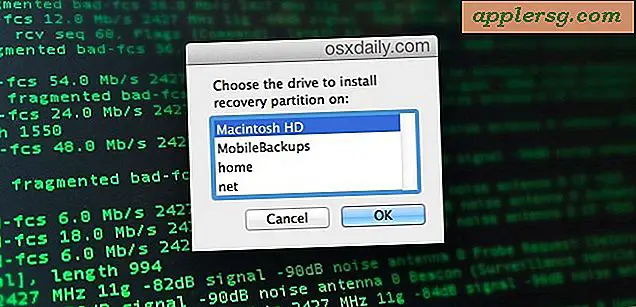
- #Mac os recovery image how to
- #Mac os recovery image install
- #Mac os recovery image download
- #Mac os recovery image free
- #Mac os recovery image mac
#Mac os recovery image mac

Launch Terminal, and type “diskutil list” to see the volumes and partitions occupying space on the startup disk.However, if you really do want to delete the partition and merge it with the main partition for some reason, it can be done via Terminal: It's not that much space, and without it you have one less method of troubleshooting that you can turn to. Remember, if the startup disk fails, having this means that it’s always possible to boot into recovery mode and repair the drive using Disk Utility and recover any lost data. We don't recommend erasing the recovery partition due to the benefits of having a separate boot partition that is independent of that which holds the bootable copy of macOS.
#Mac os recovery image free
When you are running out of space every single free bit counts, so you might be looking for data that can be removed to allow you to use the regained space to store other, maybe more important files and data.
#Mac os recovery image how to
How to Delete the macOS Recovery Partition This step is highly recommended before selling a Mac, because that's how you can make sure none of your data is left on the startup disk.

#Mac os recovery image install
MacOS Recovery is used to scan, verify, and repair the built-in and connected drives using Disk Utility, and in most cases it is also used to format the disk ahead of a clean install of macOS. Startup is complete when the macOS utilities window appears, giving you the chance to address the issues that have been noticed. To boot into the built-in recovery partition of the Mac, hold down the Command + R keys immediately after starting up the machine and release them only after you see an Apple logo. The difference between the two is denoted by Apple with different logos: Internet Recovery is signaled by a spinning globe instead of the company logo.
#Mac os recovery image download
Macs released after 2011 feature the built-in recovery – which occupies space on the startup disk – and recovery over the internet, which will require an internet connection as it will download the recovery disk image from Apple's servers. Some of these features include restoring data from Time Machine, reinstalling the operating system, getting help online, repairing or erasing the disk, and more. MacOS Recovery is a separate partition on the startup disk, independent from the bootable OS, and includes utilities that you will need in hard times such as a startup disk failure. Longtime Mac users may recall that this was when Apple moved the operating system from an installation disk to the App Store. Since this recovery partition is a good chunk of space to clear, what is it and why would you need it?Įvery Mac has included a partition called Recovery ever since OS X 10.7 Lion was introduced. The size of the Virtual Memory, meanwhile, depends on memory pressure of the system.

While their sizes vary by OS X or macOS version, under macOS High Sierra the recovery partition measures 509.8MB and the Preboot volume weighs in at 20.9MB. The reality is different, however, because alongside the bootable copy of the operating system, the installation also creates other partitions on the startup disk, such as macOS Recovery, virtual memory, and the Preboot volume.Įach of these partitions occupy precious space, which can be considered a potential partition volume to delete and therefore store other files on. When you purchase a hard drive or SSD and install macOS, the last thing you would expect to see is that they have space already occupied without any purpose.


 0 kommentar(er)
0 kommentar(er)
